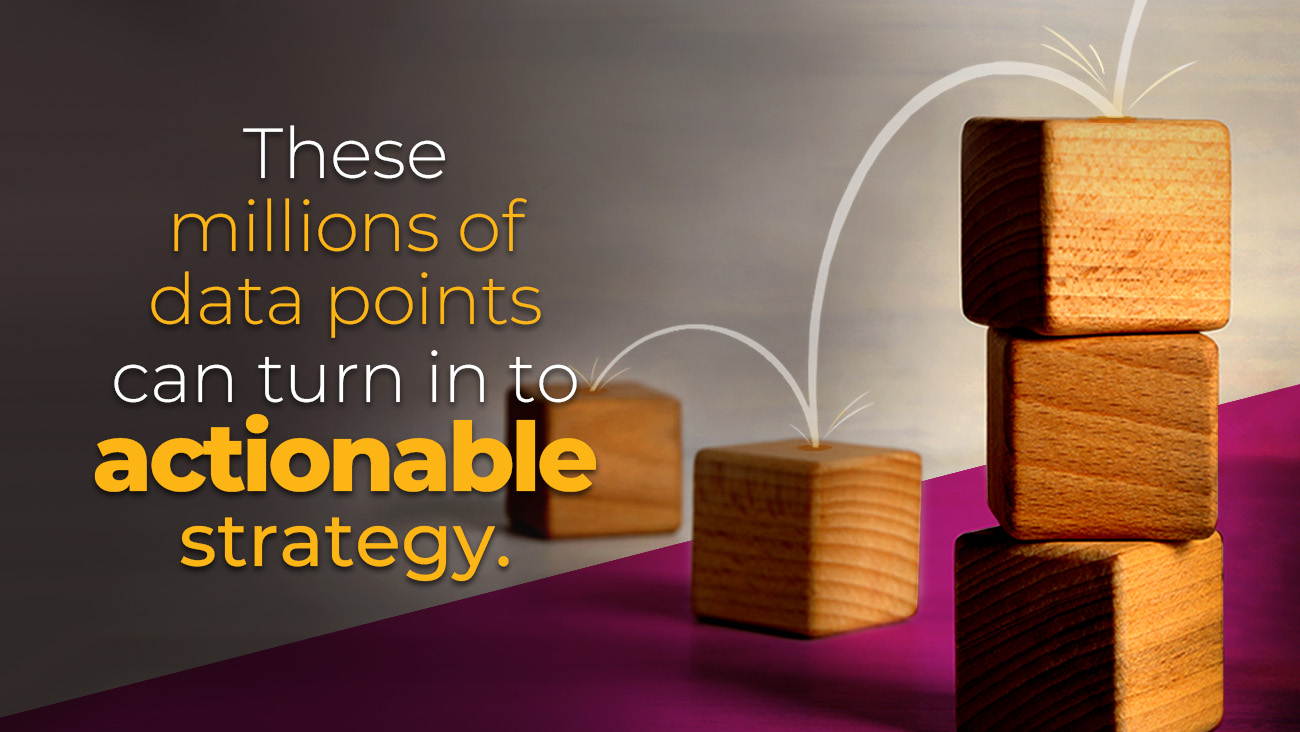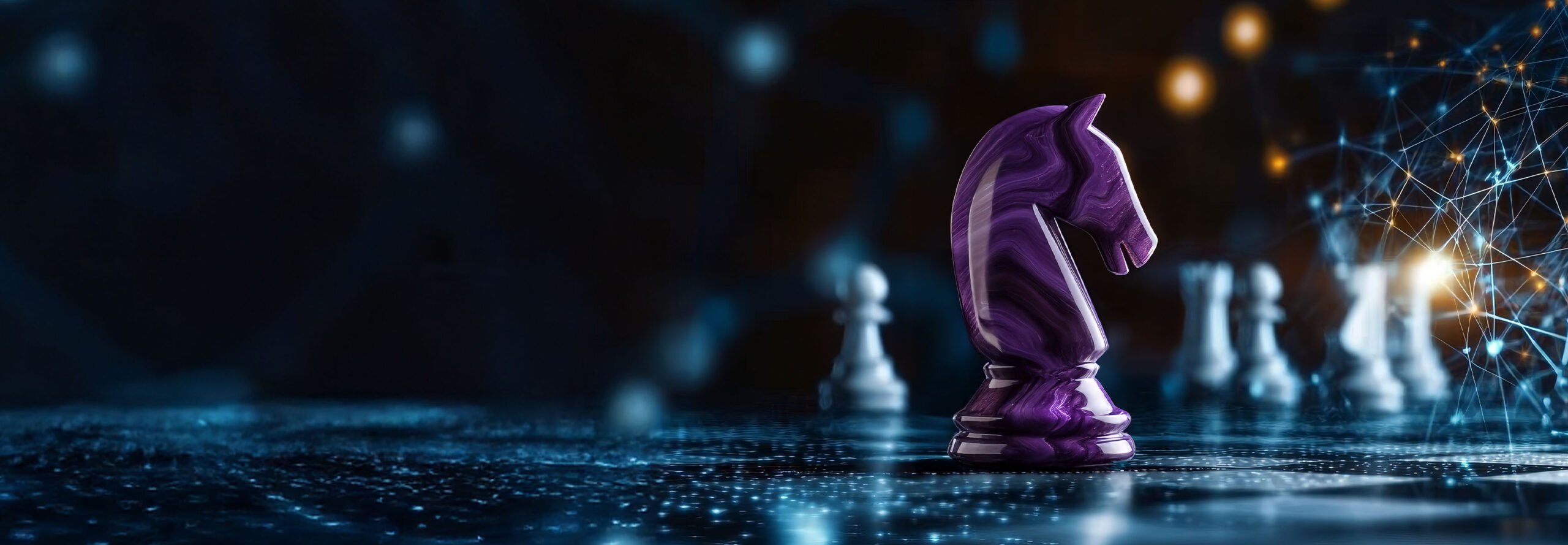Harness the power of gamification to engage your customers, employees, and partners to do more within the systems that matter to your business. Take something that already exists – a website, a training tool, a CRM, an online community, or other enterprise system – and integrate game mechanics to motivate participation, adoption, and loyalty.
Use gamification to fuel measurable business results.
Motivate sales teams
Gamification in sales adds game mechanics to a digital experience such as a work process, social interaction, or learning activity and uses big data collected from online activities, to motivate high-value action by sales employees and sustain meaningful engagement.
Boost employee collaboration
Employee collaboration in a professional context has the power to create a dynamic and more productive work environment, especially in large organizations and among remote workers. Persistent engagement powered by gamification turns your community into a thriving center of sharing, learning, and profitability with measurable results.
Engage service and support teams
When customers seek help, they want to experience your company at its best. If your service and support teams experience high turnover and lack motivation, your customers will know it. Engage service and support teams with gamification.
Accelerate employee development
Effective professional development and robust learning communities can have real, measurable impacts on productivity, compliance and retention. Adding gamification in training and learning adds value across the enterprise, improving the experience for employees, managers and executives.
Evolve your channel strategy
A successful channel partner strategy requires partners who are engaged, inspired and motivated. Channel partner tools and portals can be powerful, but partners have to be motivated to use them. Motivate true channel partner loyalty with an effective gamification program that taps into their desire to succeed and attain status to sell more.
Build true customer loyalty
Gamification in loyalty programs turns casual visitors into loyal customers. Leverage the latest research on human motivation and data generated by your customers as they interact with you, to empower your business to motivate, engage, and create true customer loyalty.
The metrics tell a story.
60%
average increase in product education utilization
20%
average increase in revenue from those highly engaged in missions
20x
average increase in online community engagement
Explore gamification solutions

Bunchball Nitro
Bunchball Nitro is BI WORLDWIDE’s enterprise engagement software. Engage your users where they already are with the most secure and scalable gamification platform available.
Impact
An embeddable gamification dashboard built on years of expertise, featuring an AI-driven mission recommendation engine. Designed for optimal user experience, it integrates seamlessly into your application, is quick to launch, fully responsive, and customizable to your brand – all while ensuring accessibility and global localization.
Impact+
Take our embeddable gamification block design and elevate it to a standalone platform. Fully mobile responsive, it integrates with SSO for seamless access and adds additional features like peer-to-peer and manager recognition blocks. Built on years of gamification expertise, Impact+ delivers an optimal user experience without the need for embedding, ensuring flexibility and comprehensive engagement.
Gamification Services
Partner with BI WORLDWIDE’s consulting and professional services experts to fine tune your gamification strategy, expertly plan and execute programs and map your business goals to your audience’s needs.

Our work speaks for itself
-

Boosting agent performance
An insurance company aimed to boost loyalty among their 30,000 agents by improving engagement, learning, and sales. We implemented a gamification program in their broker portal, rewarding agents for completing missions. Discover how this strategy led to significant improvements in agent activity and policy sales in our case study.Learn More -

A rise in employee engagement
A major cruise line aimed to boost employee engagement, retention, and sales performance. We implemented a gamification strategy, creating missions to drive performance and retention. Discover how this approach led to impressive engagement and revenue growth in our case study.Learn More -

Learn. Earn. Win.
A client aimed to boost growth and sales by enhancing channel partner engagement through learning. They created a dynamic partner portal and companion app, motivating partners with award points. Discover how this strategy influenced partner behavior and drove success in our case study.Learn More
Thought Leadership
Learn from the best. BIW thought leaders bring you a deeper look at the business of inspiration.
-

Article
Connecting gamification to business results
Beyond the inherent engagement that gamification and performance-based recognition bring to your organization’s programs, one major advantage of using gamification is the incredible amount of data that can be generated naturally within the program.
-

Article
The seven principles of a successful gamification program
A persistent misconception surrounding gamification in the workplace is that it means introducing games or turning tasks into games. In reality, true gamification is the process of incorporating game-like elements into non-game contexts and tapping into the psychological drivers that make games engaging to motivate employees and customers.
-

Webinar
WEBINAR: The rise of gamification
Keeping call center employees focused on key business metrics and critical customer solutions can be challenging. Employees may often lack sales confidence or visibility into company goals, while others struggle staying motivated to hit their metrics.
